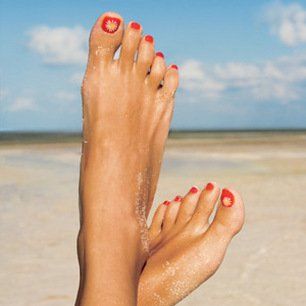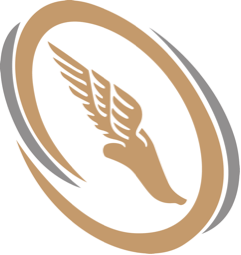Cavus Foot
What is Cavus Foot?
High-Arched Foot
Cavus foot is a condition in which the foot has a very high arch. Because of this high arch, an excessive amount of weight is placed on the ball and heel of the foot when walking or standing. Cavus foot can lead to a variety of signs and symptoms, such as pain and instability. It can develop at any age and can occur in one or both feet.

Causes
Cavus foot is often caused by a neurologic disorder or other medical condition such as cerebral palsy, Charcot-Marie-Tooth disease, spina bifida, polio, muscular dystrophy, or stroke. In other cases of cavus foot, the high arch may represent an inherited structural abnormality.
An accurate diagnosis is important because the underlying cause of cavus foot largely determines its future course. If the high arch is due to a neurologic disorder or other medical condition, it is likely to progressively worsen.
Symptoms
The arch of a cavus foot will appear high even when standing. In addition, one or more of the following symptoms may be present:
- Hammer or claw toes
- Calluses on the ball, side, or heel
- Pain when standing or walking
- An unstable foot due to the heel tilting inward, which can lead to ankle sprains
Some people with cavus foot may also experience foot drop, a weakness of the muscles in the foot and ankle that results in dragging the foot when taking a step. Foot drop is usually a sign of an underlying neurologic condition.
Diagnosis
Diagnosis of cavus foot includes a review of the patient’s family history. The foot and ankle surgeon examines the foot, looking for a high arch and possible calluses, hammertoes, and claw toes. The foot is tested for muscle strength, and the patient’s walking pattern and coordination are observed. If a neurologic condition appears to be present, the entire limb may be examined. The surgeon may also study the pattern of wear on the patient's shoes.
X-rays are sometimes ordered to further assess the condition. In addition, the surgeon may refer the patient to a neurologist for a complete neurologic evaluation.
Non-surgical Treatment
Non-surgical treatment of cavus foot may include one or more of the following options:
- Orthotic devices.
- Shoe modifications.
- Bracing.
When is Surgery Needed?
Diagnosis of cavus foot includes a review of the patient’s family history. The foot and ankle surgeon examines the foot, looking for a high arch and possible calluses, hammertoes, and claw toes. The foot is tested for muscle strength, and the patient’s walking pattern and coordination are observed. If a neurologic condition appears to be present, the entire limb may be examined. The surgeon may also study the pattern of wear on the patient's shoes.
X-rays are sometimes ordered to further assess the condition. In addition, the surgeon may refer the patient to a neurologist for a complete neurologic evaluation.
Complete and comprehensive spectrum of both diagnosis and treatments
QUICK LINKS
ABOUT
Specialist Foot and Ankle Surgery and Consultation in Manchester. Our specialist team of surgeons and podiatrists provide the highest level of expertise in the effective management of any foot and ankle condition. .
Manchester Foot And Ankle Clinic / North West OrthoSports is a Registered Trade Mark
North West OrthoSports / Manchester Foot & Ankle Clinic Ltd
93-107 . Lancefield Steet
Glasgow .G3 8HZ
Limited Company-387376
VAT Registration - 214 0705 54
Please See Our Legal Disclaimer on Online Medical Advice
All Rights Reserved | Manchester Foot And Ankle Clinic | Privacy Policy
We use cookies to ensure that we give you the best experience on our website. To learn more, go to the Privacy Page.


